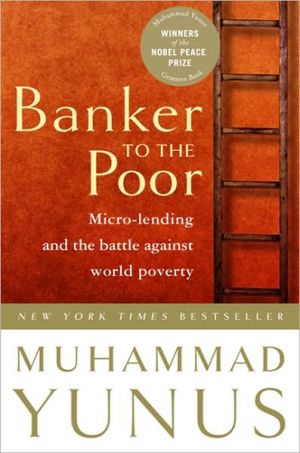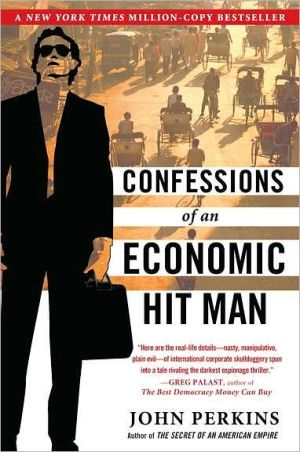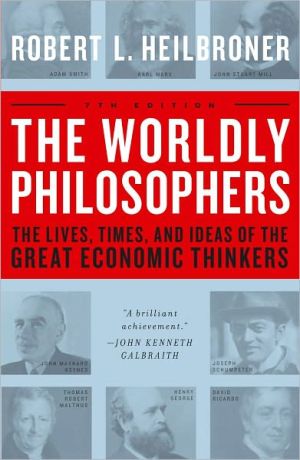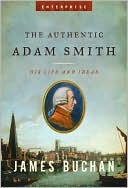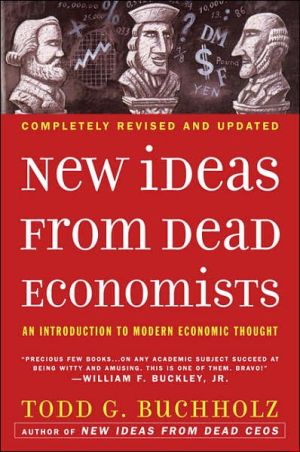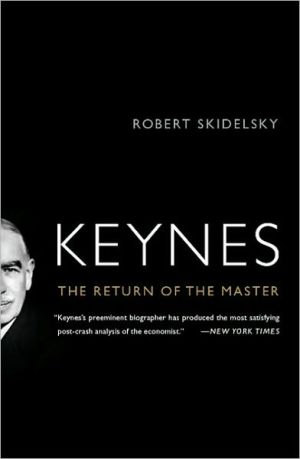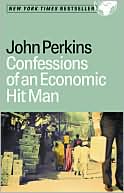Banker to the Poor: Micro-Lending and the Battle against World Poverty
Muhammad Yunus is that rare thing: a bona fide visionary. His dream is the total eradication of poverty from the world. In 1983, against the advice of banking and government officials, Yunus established Grameen, a bank devoted to providing the poorest of Bangladesh with minuscule loans. Grameen Bank, based on the belief that credit is a basic human right, not the privilege of a fortunate few, now provides over 2.5 billion dollars of micro-loans to more than two million families in rural...
Search in google:
The simple idea of micro-loans is revolutionizing developing economies. Instead of lending large sums of money to often corrupt bureaucracies, economist Muhammad Yunus founded Grameen Bank to offer tiny sums, as little as $5, to individual craftspeople, tenant farmers, and subsistence entrepreneurs so they could keep themselves afloat between buying and selling. That was in 1983. Sixteen years later, with $2.5 billion being dispersed annually to more than two million families in rural Bangladesh and repayment rates close to 100 percent, Yunus is being hailed as the father of a new economic model that is bringing people out of poverty. In Banker to the Poor, Yunus explains why his program works. Gracious Rants An interesting story of beginning and hope . . . I would recommend this book to anyone interested in the problem of poverty . . .
Introduction1Number 20 Boxirbat Road, Chittagong12A Bengali in America133Back in Chittagong314The Stool Makers of Jobra Village435A Pilot Project Is Born596Expanding Beyond Jobra into Tangail857A Bank for the Poor Is Born1158Growth and Chllenges for the Bank for the Poor, 1984-19901319Applications in Other Poor Countries15310Applications in the United States and Other Wealthy Countries17311Grameen in the Nineties19312Beyond Micro-credit: A New World of Grameen Enterprises21313Grameen Bank II23314The Future245For Further Information263Index265
\ Vision Magazine... Lays out a convincing argument from the need to nourish and better understand the 'people's economy'...A hopeful and inspiring read\ \ \ \ \ Gracious RantsAn interesting story of beginning and hope . . . I would recommend this book to anyone interested in the problem of poverty . . .\ \ \ KLIATTNewly appointed economics professor at Chittagong University in Bangladesh, Yunus began to feel frustrated by the abject poverty of his neighbors in contrast to the lofty economic theories he was imparting to his students. Subsequent research in the villages revealed that lack of credit was the poor people's problem. Local moneylenders also working as middlemen kept them from making a fair profit. In utter frustration one day, handing $27 to an assistant to go and make the loans, Yunus determined to do more. Working with his local bank revealed a firmly entrenched lending policy that contributed to the problem. His struggle began. Some years later Grameen Bank was granted a constitution and the legal protection of the Ministry of Finance. Yunus' book begins with a brief description of his childhood and education in Chittagong and relates how he became involved in the liberation of Bangladesh while a professor in the US. His incredible story is told in a simple, straightforward manner; no need to understand complicated economic theory to appreciate this book. It is a story of reaching out and improving the lives of poor people and proof that socially conscious-driven businesses can succeed. Grameen (meaning "rural" or "of the village") has grown to 1,190 branches working in 43,258 villages with 11,806 employees since its founding in 1983. It currently provides the same financial services that "real" banks provide. It is 93% owned by its membership with 95% of its borrowers women. Loan repayment percentage is 98.08% and it has realized a profit in all but three of its years in business. Yunus' plan for micro lending has evolved and spread into other parts of the world, including ruralArkansas under Clinton's governorship, gaining popularity among traditional banking institutions. Subject areas for this book are economics, social affairs, poverty, and women's studies. KLIATT Codes: SA-Recommended for senior high school students, advanced students, and adults. 1999, PublicAffairs, 273p. illus. index., Ages 15 to adult. \ — Ann Hart\ \ \ \ \ Library JournalBangladesh, a country the size of Florida with a population of over 120 million people, is the home of Grameen Bank, the inspiration of economist Yunus, Bangladesh-born and U.S.-trained. Instead of spending his life as a university economics professor, Yunus decided in the mid-1970s to develop a micro-lending program to help the poorest people of his country. Yunus based the program on his strong belief that the very poor do not need complicated training programs to improve their economic lot. They need money, in the form of loans. This program has empowered thousands of people--many of them women--and surprised experts in economic development who never believed that the very poor would find the initiative and ability to repay even the smallest ($25-$500) loans. Grameen ("of the village") Bank has developed into an internationally acclaimed and replicated method for assisting the impoverished in Malaysia, the Philippines, Nepal, and even the United States. Definitely recommended for larger public and academic libraries.--Olga B. Wise, Compaq Computers, Austin Copyright 1999 Cahners Business Information.\ \
